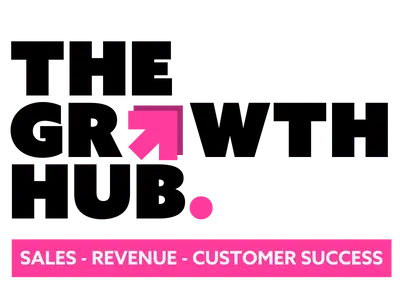Most businesses have their own process of passing a lead from marketing to sales. In sales and marketing terminology, this is known as the move between MQL (marketing qualified lead) and SQL (sales qualified lead). For marketing, moving a lead to SQL is often seen as the end goal. But there is more to the process than meets the eye.
Here is the difference between sales and marketing qualified leads, and why it matters.
Defining the meaning?
Every business has different definitions for what qualifies a lead as marketing qualified or sales qualified. The key is in clearly defining what they mean and making sure every salesperson knows how to sell to them at each stage. Below is an example of how a company could define their leads.
Lead: A known prospect in your database but has never taken a positive action with your business – i.e. a sales call, downloaded some content, or read a case study.
MQL: A lead that is known in your database and has carried out a positive action, but is not ready to buy yet. For instance, a marketing qualified lead could be someone who has registered for a webinar, or downloaded your latest e-book. This lead should have additional information stored about them, such as company size, job title, industry, direct phone number and so on.
SQL: A lead that is known in your database and has carried out a sales-led positive action. For example, that could be requested a sales call from your team, booked a demo to see your product in action, or downloaded a free trial of your software. Essentially, a sales qualified lead is someone who is ready to talk to a salesperson.
At a basic level, measuring the conversion through these stages is a good way to score how successful your lead generation is. The more SQLs you get, the more quality conversations your sales team can have. If a business has lead scoring set up (or another similar system), then a lead can qualify through the process by doing repeat positive actions, such as reading multiple blogs, clicking various emails and viewing your pricing page. Alternatively, a sales qualified lead can move the other way – backwards – if they carry out negative actions. For example, unsubscribe to your emails or tell a salesperson not to speak to them.
If the process and the lead stage are defined, then it will stop leads being sent to your sales team when they aren’t ready. Using a system like BANT (Budget, Authority, Needs, Timeline) will give you an idea if they are a good sales qualified lead.
Why does it matter?
If your sales team carry out cold call prospecting, they’ll likely know how difficult it is to get through to the right person and actually have a conversation. Marketing qualified leads are slightly warmer – they should have heard about your business and should be aware of your product or service. Sales qualified leads should be treated the same, but your salespeople can use the information received throughout the MQL nurturing process to help close the deal. For example, your sales team should be able to look at every action the prospect has previously taken and the journey they have taken to become a qualified sales lead. SQLs should not only be aware of your business, but be interested in a product like yours.
The value of SQLs
Understanding the importance of SQLs will give your sales team the ammo they need to spend their time more efficiently. Focusing on SQLs means you are selling to the right person and the right time.
At its very best, the process can help qualify a good quantity of leads, every month, through to SQL stage. That gives your sales team more prospects they can have meaningful conversations with. Additionally, tracking and working out the conversion rate will tell you how many need to be generated to hit revenue targets. A SQL can be up to 20x more likely to close than a cold call. And 8x more likely to close than an MQL. Plus, at SQL stage, the duration of the deal will be shorter, from start to close. That’s because you are speaking with the right person who is already interested. The information can work both ways too – marketing efforts can be changed to reflect what is working, what is qualifying good leads and what isn’t working. It is a process that needs continual fine-tuning. Get it right and maximise your sales potential, without wasting hours upon hours trying to find the right person to speak with and then actually getting hold of them.




